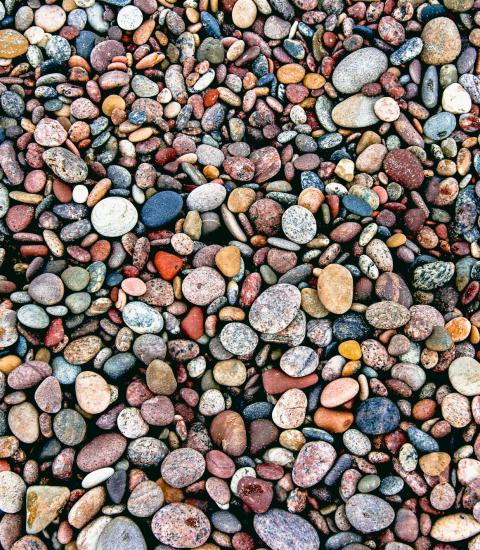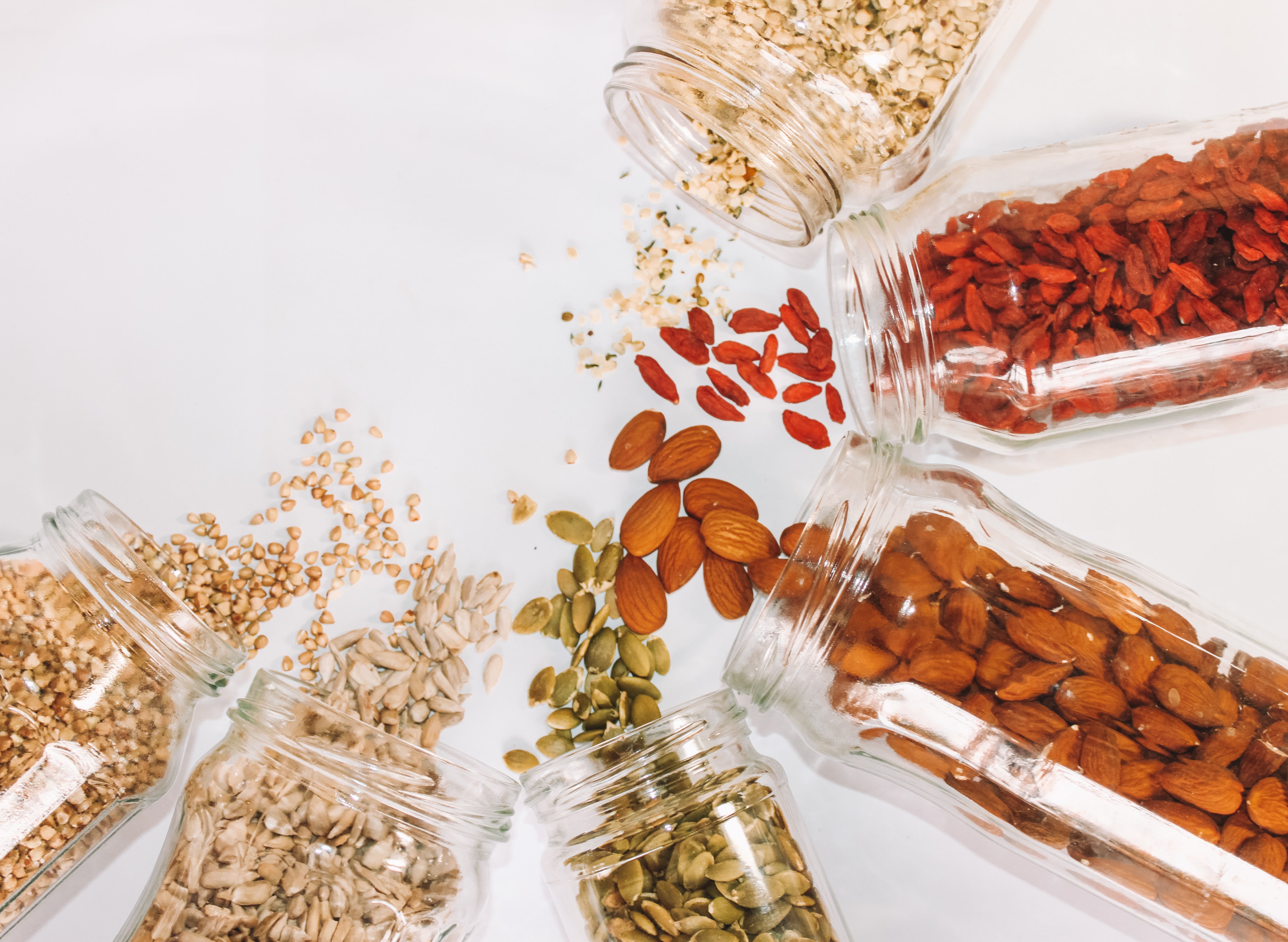
Why should we consider sensory gardening? Every garden or green space has a sensory component. What sets a sensory garden or green space apart from all others is that it is specially planned and in turn contains plant materials and other elements that nurture the senses. Why is it a good thing to nurture the senses? Through sight, touch, hearing, smelling, tasting, balance, and movement we begin to find clarity in the world. We rely on our senses to guide us through our daily lives. Experiencing, first hand, a sensory garden or engaging in sensory gardening activities to nurture and enrich our senses is what it is all about. AND, most of all, sensory gardens and sensory gardening activities are fun and family oriented.
What is a sensory garden? A sensory garden is a special green space that embraces the eight senses. The scope and size of the garden really does not matter, for a lovely sensory garden may be self-contained in a large pot located on the veranda. It may encompass the entire back garden, be in a schoolyard, a hospital courtyard, or a public park. What does matter is what is included in the garden. A sensory garden contains plant materials that are aromatic and have interesting textures that beckon to be touched. A sensory garden contains visually compelling plants with bright and colorful, or cool and mysterious flowers and leaves to look at. Wind chimes and bamboo or ornamental grasses that rustle in the breeze add a listening component to the sensory garden. And taste, well, depending on who will be partaking in a sensory garden, it may contain herbs, fruit trees, and vegetables. It provides comfort from the elements and opportunities to move and explore.
Awareness of the sensory systems that are nourished through participation in a gardening activity is the basic premise of sensory gardening. Remember that all gardening is sensory, but a focus on each of the senses and how each is the focal point of the activity is the key. To give you an idea of what a sensory gardening activity might entail, below is a sample sensory gardening activity for children four years and older. Special Sorting is simple and easy to do. It nourishes four of the five basic senses, calls for easily available materials and is fun.
|
Activity: Special Sorting
|
|
|
Sensory Nourishment
|
Tactile system: touch all the sorting materials Olfactory system: smell the sorting materials Auditory system: listen to the sound of the dried materials as they are placed in the cups Visual system: look at each of the sorted egg cups
|
|
Materials Needed
|
Newspaper Empty (clean) egg cartons Gathering basket or individual bags Herbs, sticks, pine needles, seeds, pebbles, stones (not an inclusive list) Large tweezers or tongs
|
|
Step by Step Directions
|
|
|
How to Make Activity Easier
|
Pre-gather treasures for children and place them in a large box or bowl. Place one object in each section of egg carton and have children match and sort by object only.
|
|
How to Make Activity Harder
|
Sort by shape. Sort by color. Sort by size. Use large tweezers or tongs to pick up and place objects in egg carton sections. (Wagenfeld, 2021) |

Have a go and think about some other fun sensory gardening activities that you and your family or you and the special children in your lives can enjoy together.
How does one take on sensory gardening? Sensory gardening and sensory gardens are best experienced first hand. Start small and involve children in the planning. Visit local plant nurseries and gardens to look for plants that will work well in your sensory garden. Visit the library and read about plants that thrive in your region. Think about using found materials, like those used in Special Sorting to form the basis of sensory gardening endeavors. Planning, planting, and participating in a sensory garden or sensory gardening activities are a wonderful forum for families to enjoy. They are ideal for the young and the young at heart.
Wagenfeld, A. (2021). Sensory gardening activities: A full deck of ideas. Amy Wagenfeld | Design.



